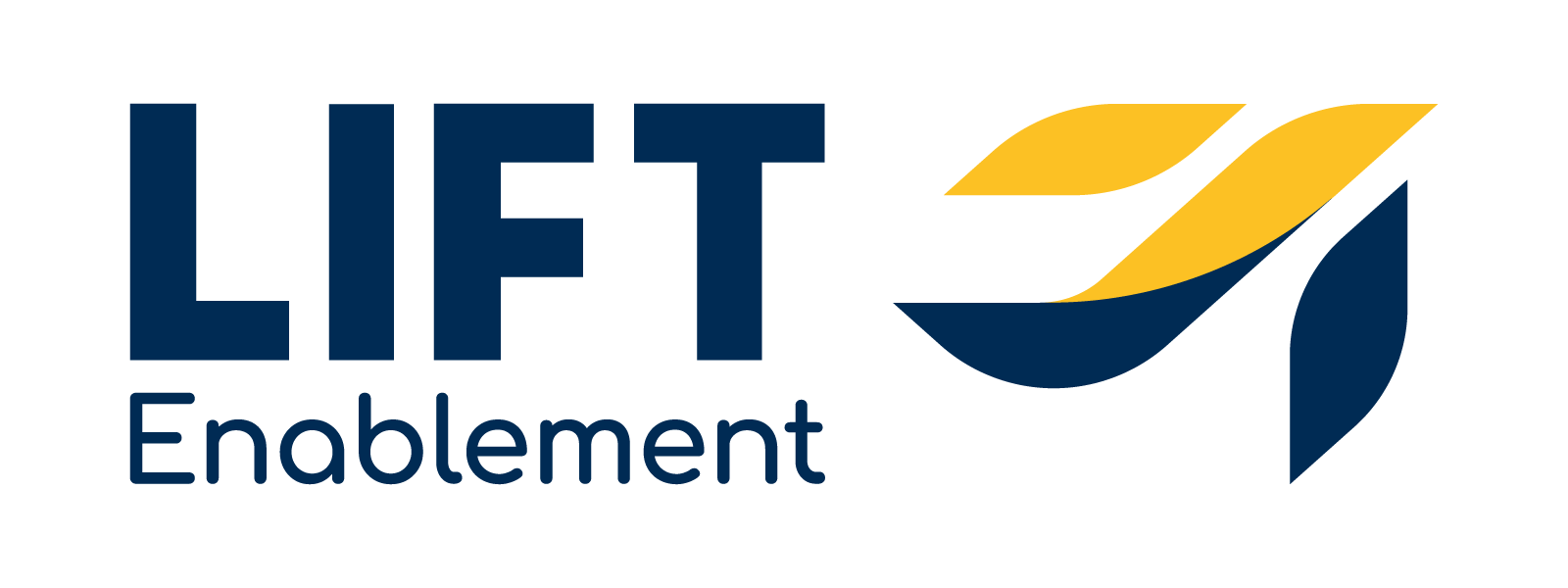 Forecasting has been ranked among the top problems for growth-focused executives for the last decade. Given the disruptive nature of the last five years and the importance of forecasting to a business's ability to scale growth, this should be no surprise.
Forecasting has been ranked among the top problems for growth-focused executives for the last decade. Given the disruptive nature of the last five years and the importance of forecasting to a business's ability to scale growth, this should be no surprise.
There are three critical elements to enable organizations to forecast opportunities specifically and sales generally:
- Product/service fit
- Intent
- Deal Quality
The first two items have received tremendous attention, but little to no attention is often given to the third. In our work with hundreds of sales reps, deal quality is ignored or viewed as the same thing as the buyer’s ability to buy.
Think of deal quality as the foundation of a building—if it's weak, everything built on top becomes unstable. When assessing individual deals, quality refers to how well-defined their situation is. This provides a strong signal for the predictability and clarity of the actions to be taken for a successful sale. This includes budget confirmation, decision-maker engagement, clear timeline commitments, and understanding the customer's needs and decision-making process.
Poor deal quality creates several cascading problems in forecasting. First, it leads to "pipeline inflation," where the pipeline appears healthy but contains many no longer viable deals. This is similar to having a bank account that shows a large balance but includes many checks that might bounce - the number looks good but isn't reliable.
Second, deal quality directly affects forecast accuracy. When sales teams include low-quality deals in their forecasts, they essentially build their predictions on shifting sand. For example, if a sales team forecasts $1 million in revenue but 40% of the deals lack proper qualification, they might only achieve $600,000 - a significant miss that could have been prevented with better deal quality standards.
The reverse is also true: strong deal quality creates a virtuous cycle in forecasting. When deals are properly qualified, sales teams can more accurately predict:
- Close dates (because they understand the customer's decision timeline)
- Deal values (because they've confirmed budget and scope)
- Win probability (because they know the competitive landscape and customer commitment level)
This improved accuracy helps organizations make better business decisions about resource allocation, hiring, and investment. It's like having a GPS with highly accurate location data - you can confidently plan your route because you trust the underlying information.
Over decades of research, both in the field and by studying hundreds of companies’ pipelines and forecasts, we’ve identified 10 key criteria for assessing the quality of any deal and the weighting for each criterion.
The 10 Criteria for Deal Quality Assessment
1. ICP Fit (12.5%): Measures how well a prospect matches your Ideal Customer Profile, rated as a percentage fit.
2. Roles Involved (12.5%): Evaluates the level and quantity of authority figures engaged in the process, with an additional focus on the Role Players involved.
3. Problem Matrix (7.5%): Assesses the depth of problem identification and stakeholder participation, ranging from no clear problem to multiple identified problems with multiple role players participating.
4. Problem Definition (15%): This measures the clarity and strength of the problem definition, including the commitment to change and how well it fits the organization's needs.
5. Selling Advantage (15%): Evaluates the competitive position and alignment with your unique selling propositions (USP), ranging from commoditized problems to compelling alignment with multiple deal points.
6. Solution v Alternatives (5%): Assesses the understanding and evaluation of alternative options compared to the proposed solution, including how thoroughly alternatives have been discussed and ruled out.
7. Decision Criteria Quality (10%): Measures how well-defined and communicated the decision-making criteria are, ranging from non-existent to clearly articulated with a rubric-like tool.
8. Clarity of Expectations (7.5%): Evaluates how well success metrics and expectations have been defined and documented, emphasizing SMART (Specific, Measurable, Achievable, Relevant, Time-bound) expectations.
9. Change Momentum (7.5%): Assesses the urgency and necessity of change, ranging from discretionary changes to structural demands where change must occur.
10. Demand Gravity (7.5%): Measures how well the potential purchase aligns with company initiatives and strategic priorities, from discretionary purchases to issues directly driven by key company initiatives.
The Deal Quality Calculator
By systematically evaluating deals against these ten criteria sales teams can dramatically improve forecast accuracy and build more predictable revenue streams. This methodical approach transforms forecasting from an uncertain art to a data-driven science, enabling better resource allocation and strategic planning.
If you’d like to start assessing the quality of deals in your pipeline, download our Deal Quality Calculator here.

 Doug Davidoff
Doug Davidoff Forecasting has been ranked among the top problems for growth-focused executives for the last decade. Given the disruptive nature of the last five years and the importance of forecasting to a business's ability to scale growth, this should be no surprise.
Forecasting has been ranked among the top problems for growth-focused executives for the last decade. Given the disruptive nature of the last five years and the importance of forecasting to a business's ability to scale growth, this should be no surprise.
